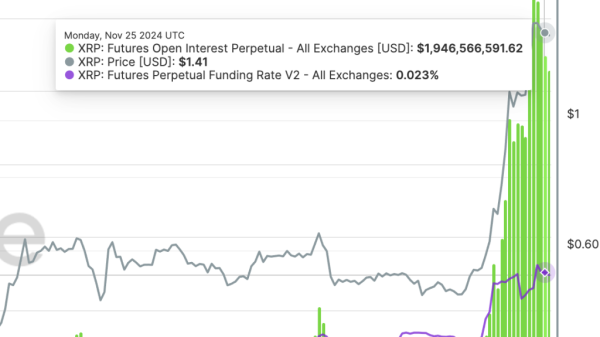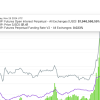As the political landscape of the United States evolves, traditional voting blocs are being reshaped and redefined. The reshuffling of these blocs is not only about a shifting of alliances, but is also a result of changing demographics, societal norms, and value systems. One demographic that seems to be at the crux of this shift is the Democratic Party’s classic voting cohorts.
The dynamics are shifting and according to a warning from a prominent Democrat, this split could potentially have significant implications in the 2024 election. This sparks the crucial question: Can the Democratic Party maintain its composite demographic structure in the face of emerging challenges?
Something that is crystal clear and is further echoed by the Democratic battleground, is that the traditional alliance of the party is splitting along lines defined by education, class, and geography. The power dynamics might be tipping in favor of suburban and educated blocs which in the past have not traditionally been Democratic strongholds. It is noteworthy to point out that the Democrats’ urban working class, a traditionally strong demographic, is starting to fray at the edges, as the party increasingly gravitates towards college-educated voters, suburbanites, and minority groups.
Importantly, this divergence is not merely about striking a balance between different demographic segments but also pertains to the party’s ideological base. This shift is increasingly creating a chasm between liberals who advocate for bold, progressive measures and moderates who prefer a more gradual and pragmatic approach.
At the heart of this shift is the demographic change that the United States is experiencing. One of the leading factors is the increasing level of educational attainment among voters. As the proportion of voters with college degrees grows, the Democratic Party has increasingly been able to appeal to this cohort through policies and messaging geared toward their interests and values.
However, this focus on educated voters is not without its trade-offs. As the party has broadened its appeal to include suburban and educated blocs, it has seemingly created a disconnect with their traditionally working-class base. The declining influence of this group- especially among non-college-educated white voters- raises concerns over the party’s ability to mobilize its traditional support base.
Among other trends, the growing shift towards the Suburbs is yet another defining factor in the reshaping of Democratic coalition. As urban centers become more concentrated and suburban areas become increasingly diverse, it has given Democrats new avenues to widen their base of support.
However, to successfully navigate this change, the Democratic Party must lean into a unifying theme- one that brings together diverse interests and cultures into a cohesive force. The ability of the party to negotiate these shifts within its ranks could play a decisive role in whether they will gain or lose ground in the 2024 elections.
Finally, the shifting geographical battles lines add another layer to this complex scenario. Traditional battleground states are no longer the only focal points. A new wave of competition has emerged in states such as Arizona, Georgia, and Texas, which have long been Republican strongholds. The Democrats’ success in these states arguably points towards their ability to mobilize and appeal to new demographic blocs.
The changing political landscape of the United States points to an uncertain future for the Democratic Party. As their traditional voting bloc becomes increasingly split by education, class,






























